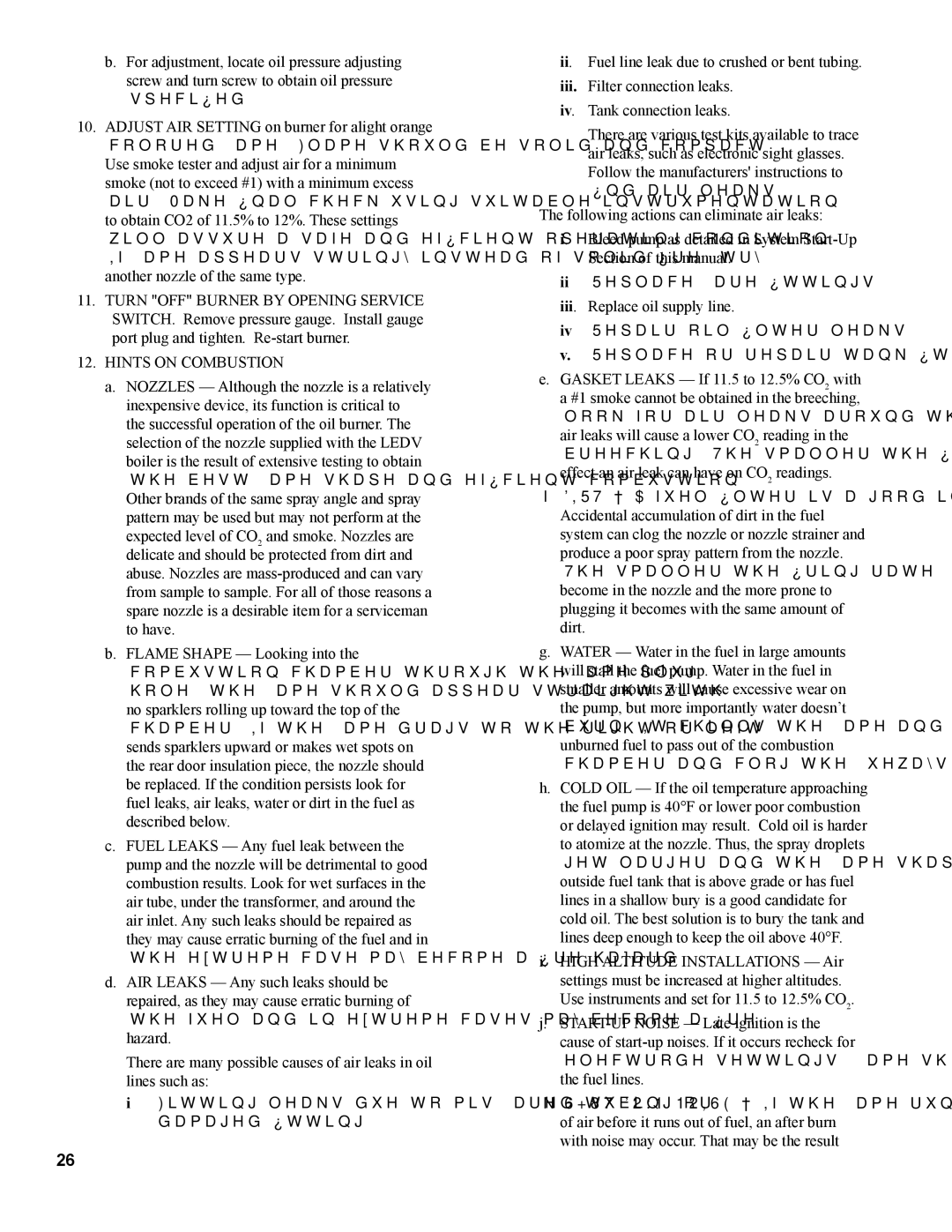81433101R16-1/10 specifications
The Burnham 81433101R16-1/10 is a highly regarded component within the realm of heating, ventilation, and air conditioning (HVAC) systems, known for its reliability and performance. This specific part is designed to enhance the efficiency of heating systems, making it an essential component for both residential and commercial applications.One of the standout features of the Burnham 81433101R16-1/10 is its durable construction. Made with high-quality materials, this product is built to withstand the rigors of continuous operation in various environmental conditions. Its robust design ensures a longer lifespan, reducing the need for frequent replacements and maintenance, which ultimately saves on operational costs.
The Burnham 81433101R16-1/10 incorporates advanced technology to optimize energy usage. This part is engineered for high efficiency, meaning that it works to convert a maximum amount of energy into heat with minimal waste. The integration of cutting-edge technology ensures that users experience significant energy savings, which not only helps in reducing utility bills but also contributes positively to environmental sustainability.
In terms of compatibility, the Burnham 81433101R16-1/10 is designed to work seamlessly with various heating systems. This makes it a versatile choice for technicians and homeowners alike, as it can be easily integrated without extensive modifications. The ease of installation is another appealing characteristic, allowing for quicker setups that minimize downtime.
Furthermore, this component prioritizes safety, featuring built-in mechanisms that help prevent overheating and other potential hazards. This focus on safety reassures users that their heating systems can operate efficiently without compromising the well-being of their households or properties.
The Burnham 81433101R16-1/10 is also known for its user-friendly design. Technicians find that maintenance and inspection processes are straightforward, allowing for easy access to components for troubleshooting or routine checks. This practical feature enhances user satisfaction and simplifies operational management.
Overall, the Burnham 81433101R16-1/10 exemplifies a commitment to quality, efficiency, and safety in HVAC applications. Its combination of durability, advanced technology, and versatile compatibility makes it a valuable choice for anyone looking to enhance their heating system's performance. By opting for the Burnham 81433101R16-1/10, users can enjoy efficient heating solutions that meet their needs for comfort and energy conservation.
